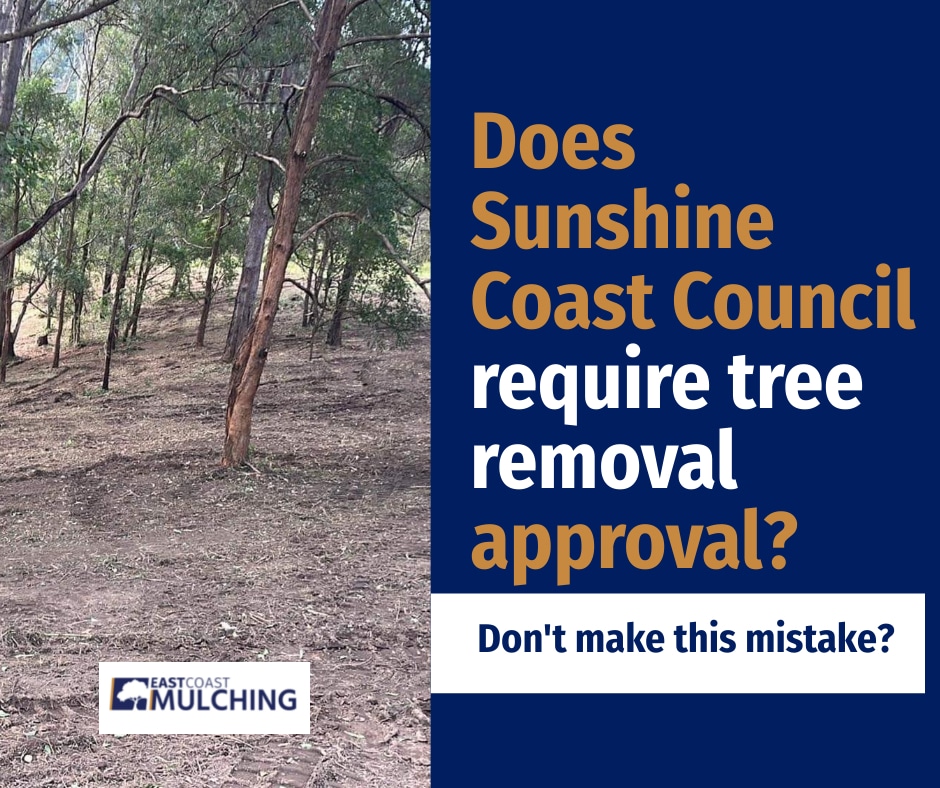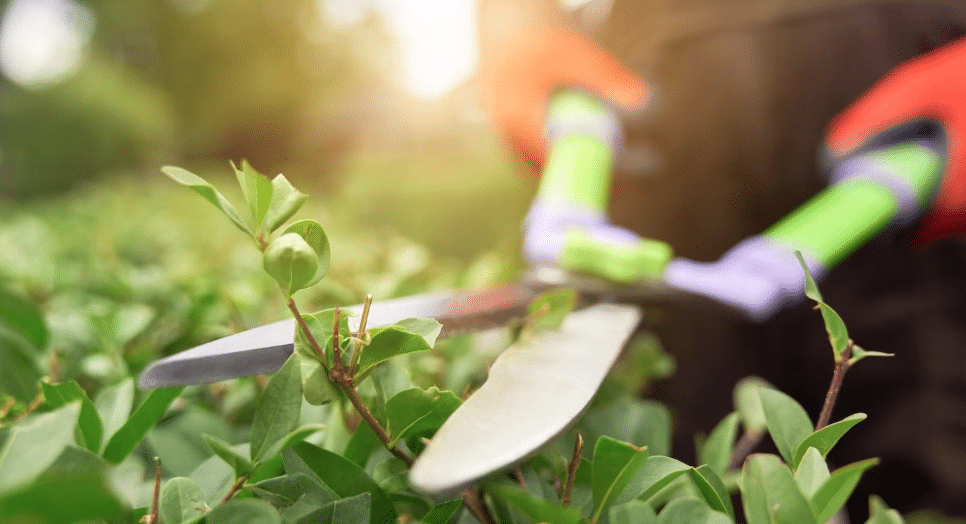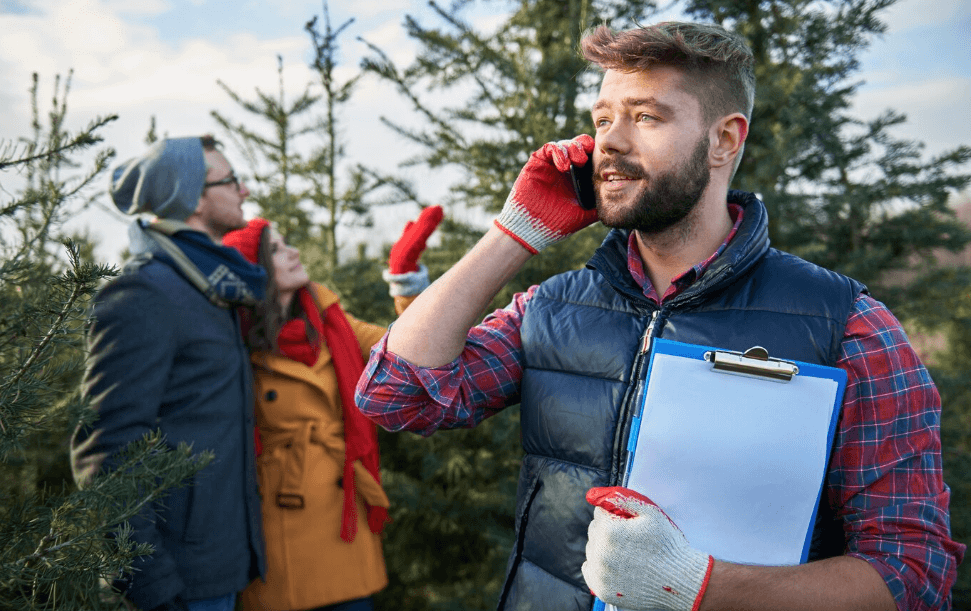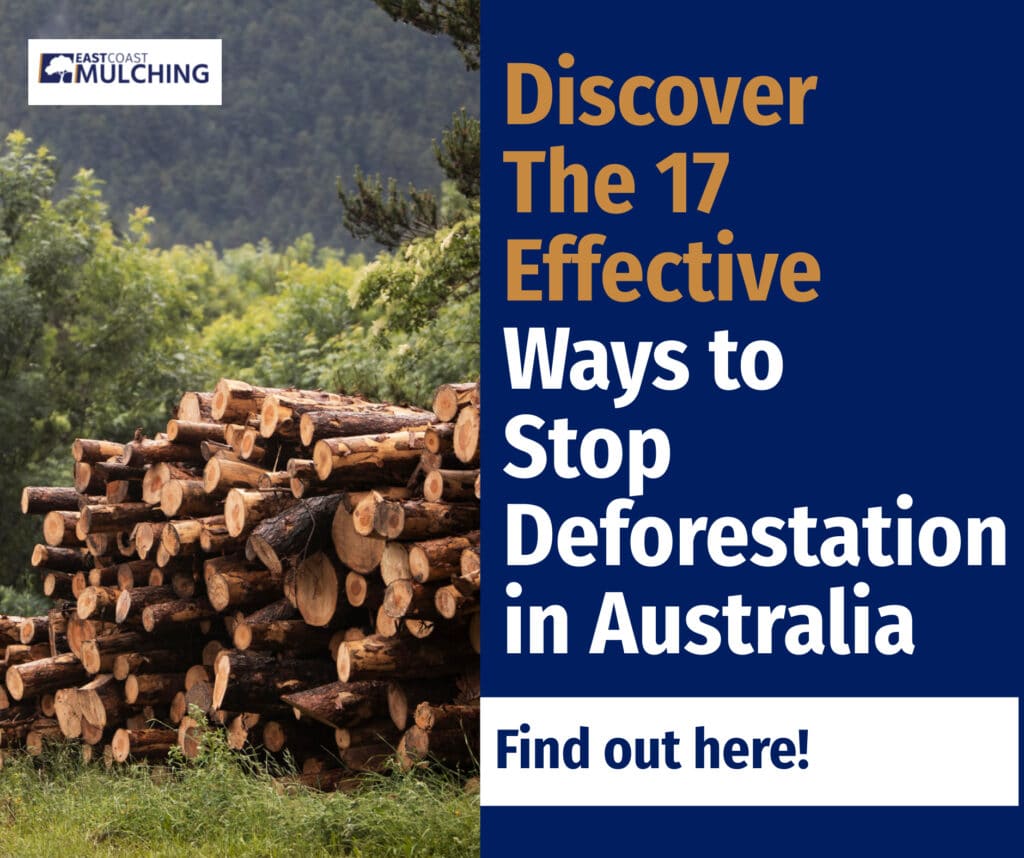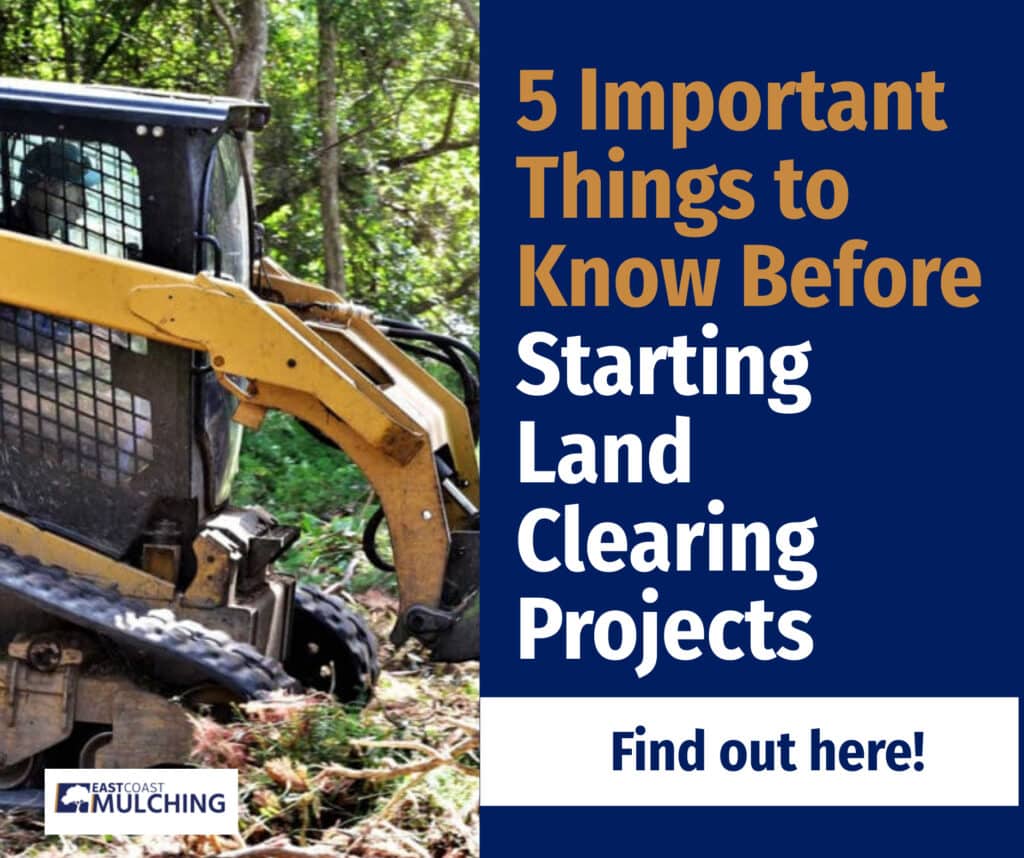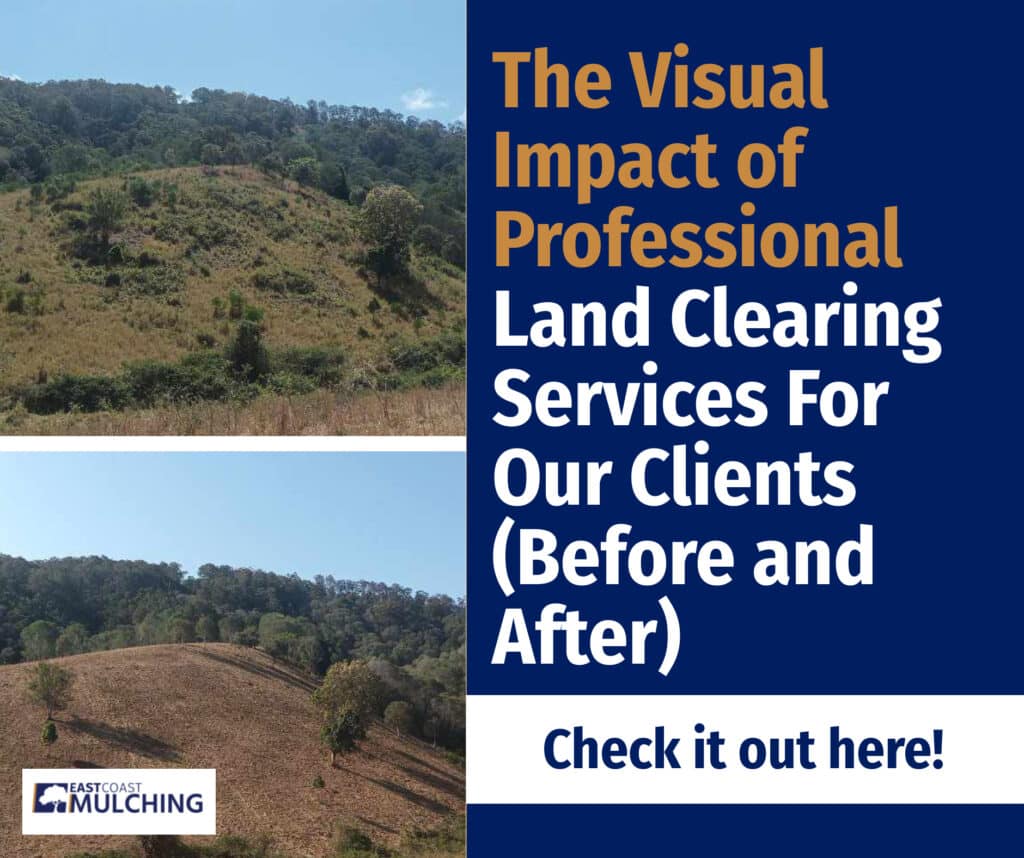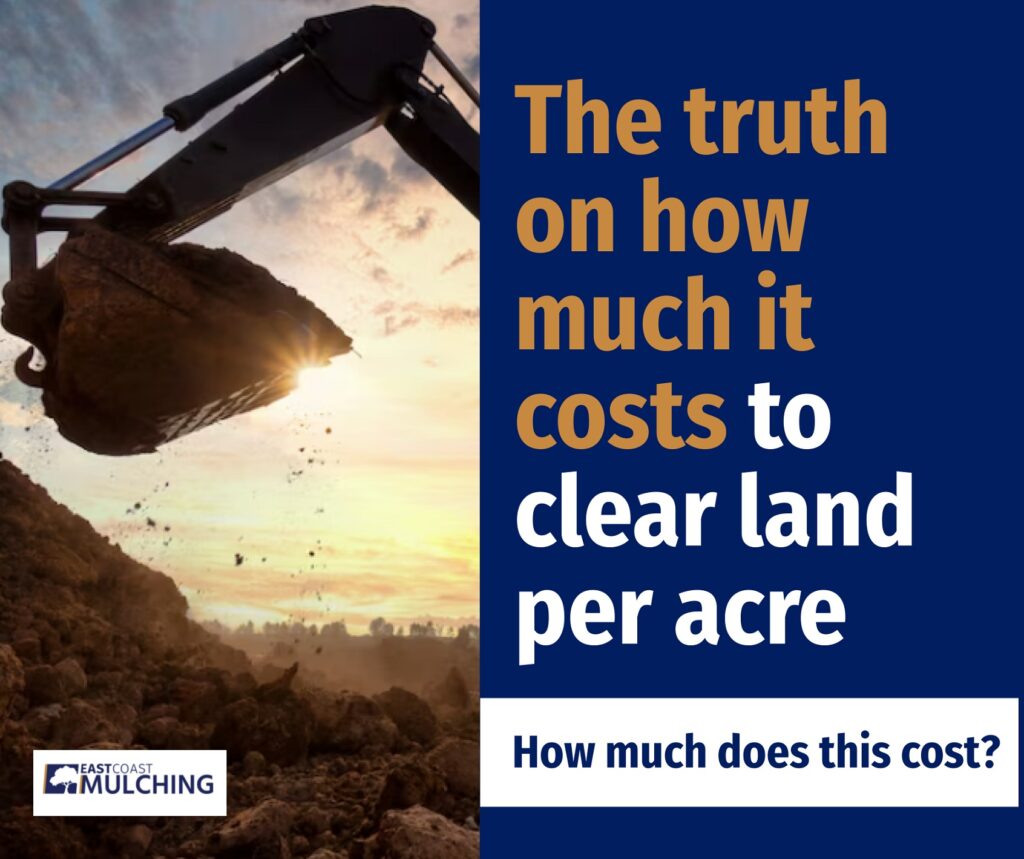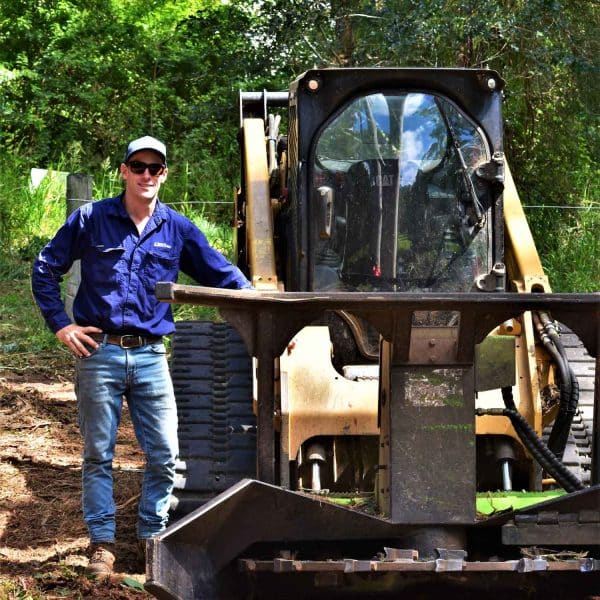Follow these steps with regard to Sunshine Coast Council tree felling. Before engaging professional tree services, you should understand whether you require approval from your local council.
Key takeaways
- Removing trees may need significant planning, and obtaining tree removal permits may be necessary.
- Local councils balance property development with environmental protection.
- The Sunshine Coast Planning Scheme 2014 regulates tree lopping and other vegetation clearings. The scheme also contains information on legal requirements and protected vegetation and tress.
- Some clearing operations are exempt from permit requirements.
- Koala priority areas exert prohibitions on certain clearing activities.
- Illegal clearing can lead to landowners facing considerable financial penalties.
Tree removal may need significant planning, depending on the project. One factor often overlooked by landowners is permit requirements. There are many cases where a permit is optional. But, if you don’t meet those criteria, tree removal activities may attract fines.
Local environment plans protect specific tree species and promote the region’s biodiversity. You must understand Sunshine Coast Council tree removal regulations.
Why remove significant trees?
Local councils recognise a landowner’s desire to develop their property. But they also have the mandate to protect the local environment. Trees may limit development opportunities and pose safety concerns. Protected tree laws try to balance these interests. These laws allow clearing that doesn’t endanger the environment based on assessable criteria.
Why are permits necessary?
Australia is fortunate to have one of the most diverse ecosystems in the world. Governments at all levels have enacted environmental regulations to protect our natural assets. Regulations have several goals, including:
- Habitat protection for native species;
- Protecting native flora;
- Ensuring land use is consistent with local planning schemes;
- Preserving an area’s natural beauty.
A permit ensures your work is consistent with the government’s environmental goals.
Sunshine Coast Planning Scheme 2014
The Sunshine Coast Planning Scheme 2014 regulates Sunshine Coast tree removal and other vegetation clearings. The scheme contains crucial information on the legal requirements of any vegetation removal. Some of the primary information relevant to tree removal is the following.
Protected vegetation and tress
Landowners cannot interfere with protected vegetation without council permission. Interference includes:
- Cut or remove trees down;
- Damaging a tree’s trunk;
- Tree pruning that leads to the tree’s death;
- Clearing plants under a tree’s canopy.
The planning scheme protects native trees through various mechanisms.
Vegetation covenant
Vegetation covenants are binding agreements designed to protect certain areas of a property. These covenants are part of a property title and bind future landholders.
Vegetation management code
The vegetation management code sets out the assessment criteria for vegetation removal.
Tables of assessment
The tables of assessment define development activities across different zones. This section also lists the assessment benchmarks the activity must meet.
Overlays
Overlays define areas with characteristics of interest at the state and local levels. According to part 8 of the Sunshine Coast Planning Scheme, these characteristics are:
- There is a particular sensitivity to the effects of development;
- There is a constraint on land use or development outcomes;
- There is the presence of valuable resources; or
- There are particular opportunities for proposed development.
Overlay maps are accessible for free on the Sunshine Coast Council website. Some of the more relevant overlays to vegetation removal include the following.
Coastal protection overlay
The coastal protection overlay aims to protect coastal landforms and promote regional biodiversity. The overlay also maintains coastal access and prevents harm to people and property from coastal hazards.
Biodiversity, waterways and wetlands overlay
This overlay looks to protect and rehabilitate significant ecological areas. Developments should protect waterways and wetlands. They should also minimise the impact on native flora and fauna habitats. This code emphasises protection for threatened species like koalas.
Heritage and character areas overlay
This code protects the significant heritage and character areas. It also ensures community connection with those areas. Development must be appropriate to the heritage area’s use and importance. Development must also preserve the area’s context and setting.
Landslide hazard and steep land overlay
This overlay seeks to prevent issues on landslide-prone terrain. Activities like tree removal that can increase soil erosion are particular targets. Development must not increase the risk to people or infrastructure. Development should preserve the landscape’s integrity.
Water resource catchments overlay
This code promotes sustainable land use. It also protects vegetation and other land resources within mapped locations. Developments within the water resource catchments overlay must not adversely affect water quality.
Do I Need a Sunshine Coast Council Tree Removal Permit to Clear on Private Property?
Under vegetation management regulations, routine and low-risk clearing often doesn’t need approval. First, consider if an exemption covers you.
Land clearing exemptions
Exemptions from tree removal laws apply to specific clearing activities. If an exemption covers you, you won’t need a DA approval. Common exemptions for landowners are the following.
Preventing harm to people or infrastructure
Dead trees may pose a falling hazard, or vegetation might grow too close to a structure. Council generally allows you to clear growth like this for safety reasons.
Part of a property’s maintenance
You might be removing a dangerous tree, clearing a boundary fence, or tree trimming. Regular tree maintenance work like this is usually fine.
Clearing on a lot smaller than 1000 square metres
Clearing on small lots is generally exempt. But there are exceptions. Regulations like the heritage code and other tree protection laws may apply.
Managing invasive plant species
Removing exotic plants, such as certain palm tree removal activities is exempt. For example, tree species such as Queen palm trees are not protected and don’t require a permit.
Doesn’t conflict with any conservation agreements
Limitations like covenants, tree preservation orders and overlay codes may inhibit clearing projects. When none apply, you should be okay to proceed without needing approval.
The complete exemption list is under the Planning Scheme’s Schedule 1 Definitions.
Accepted development clearing codes
Many landholders want to manage their properties through low-risk activities. Accepted development clearing codes provide a simpler alternative to development and assessment processes.
Each code contains information on the following:
- The scope of activities it covers;
- The required notification process;
- How you must perform the clearing.
You must notify the Department of Natural Resources, Mines and Energy (DNRME) if you intend to clear under a specific code. You must wait for confirmation from the DNRME before proceeding.
Development approvals
Exemptions or an accepted development code may not cover you. Your clearing activity is then an assessable development. Assessable developments need council approval through development applications. The landowner should complete the DA Form 1 and submit it to the Sunshine Coast Council.
There is some preparation you need to undertake before starting your application.
Work with the Sunshine Coast Council tree removal process and not against them. It will benefit your hip pocket and, more importantly, the environment.
Do you meet the site report criteria?
To meet assessment criteria, you must know the layout of your property. A vegetation management report shows if your property has high-risk flora and fauna. You can request a vegetation management code report from the Council for free.
Relevant purpose determination
Landowners must complete a relevant purpose determination form for operational works. If you don’t file for this determination, your clearing is a ‘prohibited development’. Prohibited developments may attract financial penalties reaching hundreds of thousands of dollars.
Application process
There are several steps to securing development approval. Here is a general guide to getting a permit or development consent from the Council.
Step one
Find out the development type relevant to your application. In the Planning Scheme’s assessment tables, vegetation clearing is operational work.
Step two
Use the assessment table to see how the Council assesses the development category. The Council considers non-exempt clearing against the planning scheme’s vegetation management code.
Step three
Review the impact of relevant overlay maps. Several overlays, such as heritage and biodiversity codes, may impact tree removal projects.
Step four
Once you have assessed your clearing activity, you can complete your application.
Koala clearing restrictions
Since February 2022, koalas have been listed as an endangered species in Queensland. As a result, the Queensland government carefully regulates clearing activities impacting koalas.
Koala Districts, habitat areas and priority areas
Queensland is divided into three koala districts marked district (A), (B) and (C). Within each district, certain areas are identified as koala habitat areas. Habitat areas contain resources that maintain a koala population. Resources include vital habitat trees and food sources.
Koala priority areas are extensive pieces of connected land that help the government achieve conservation goals. Satellite mapping identifies areas with significant conservation opportunities.
The government generally restricts activities that interfere with land in a koala priority area. According to State Code 25, interfering with a koala habitat means:
“To remove, cut down, ringbark, push over, poison or destroy vegetation in any way including by burning, flooding or draining, native vegetation in a mapped koala habitat area.”
Koala habitat clearing exemption
The Planning Regulation 2017 makes concessions for landowners inside koala priority areas. Landowners are exempt if their clearing activity covers less than 500 square metres. However, this is a one-time exemption. Once a property owner has cleared the allowed area, they may not do it again.
Sequential clearing
Landowners clearing koala habitat trees inside districts (A) or (B) must use sequential clearing. This condition is mandatory regardless of approvals or exemptions offered under other laws. Sequential clearing is a method designed to allow koalas to evacuate a clearing site without human intervention. Sequential clearing involves clearing trees in stages.
Clearing undertaken in a stage depends on the size of the site. For an area of 6ha or less, no more than half the site may be cleared per stage. For areas of more than 6ha, a clearing stage is limited to whichever is greater of the following:
- 3ha; or
- 3% of the area.
Period between clearing stages
Timing is also crucial in sequential clearing. Between each stage, there should be at least one 12-hour period in which there’s no clearing. The period should begin at 6 pm one day and end at 6 am the next morning.
Landowners should also ensure their clearing maintains habitat links to adjacent areas. These links enable koalas to move out of the clearing site.
You cannot clear any habitat trees where a koala is currently residing. You are also prohibited from removing habitat trees whose crown overlaps a tree containing a koala.
Koala spotters
In addition to sequential clearing, employing a koala spotter may also be necessary. Koala spotters will assist in locating koalas in habitat trees to ensure a clearing site is fully evacuated. Their services are required if the following apply:
- The clearing activity targets koala habitat trees;
- The removed habitat trees have a trunk diameter over 10 cm at 1.3 m above the ground.
Qualified koala spotters are generally zoologists or ecologists with experience in koala surveys.
Fines for illegal clearing
You can face considerable consequences for committing illegal clearing. The Sunshine Coast Council often receives complaints about vegetation removal. Council can impose significant penalties in response.
In 2020, a Mudjimba couple paid over $20,000 in fines and restitution for damage to a bushland reserve. In 2019, two property owners and a contractor faced thousands of dollars in fines. Their crime was damaging an environmental reserve in Yaroomba. These prosecutions show that you must understand your legal responsibilities.
Contact us today
Forestry mulching is sustainable and works well with local environmental protections. East Coast Mulching’s large tree removal services are well-versed in local clearing regulations. We also offer crucial stump removal services through stump grinding to complete the removal process. Please work with us to make your responsibilities as simple as possible.
Alternatively, if you want to dive deeper into land clearing, read our Step by step guide on land-clearing in Queensland.
FAQs
Generally, you should double-check your obligations before undertaking any land clearing. Available exemptions usually cover modest clearing work. However, requesting free property maps can help you stay on the right side of local regulations.
Clearing activities that the Court determines are illegal can attract large fines. Depending on the extent of the clearing, you may face penalties of a few thousand to hundreds of thousands of dollars.
Don’t take chances. If you’re unsure, contact your local council for advice.
Trees may be protected under local and State legislation. Property maps can provide important information on protected vegetation. A qualified arborist, botanist or ecologist can advise whether a tree has legal protection.

